Some reptiles have existed for millions of years, surviving drastic environmental changes. These ancient species carry a rich history and have adapted to endure through millennia. Their unique characteristics and resilience have allowed them to thrive where others could not. Let’s explore some of the most remarkable ancient reptiles that continue to live among us today.
Tuatara
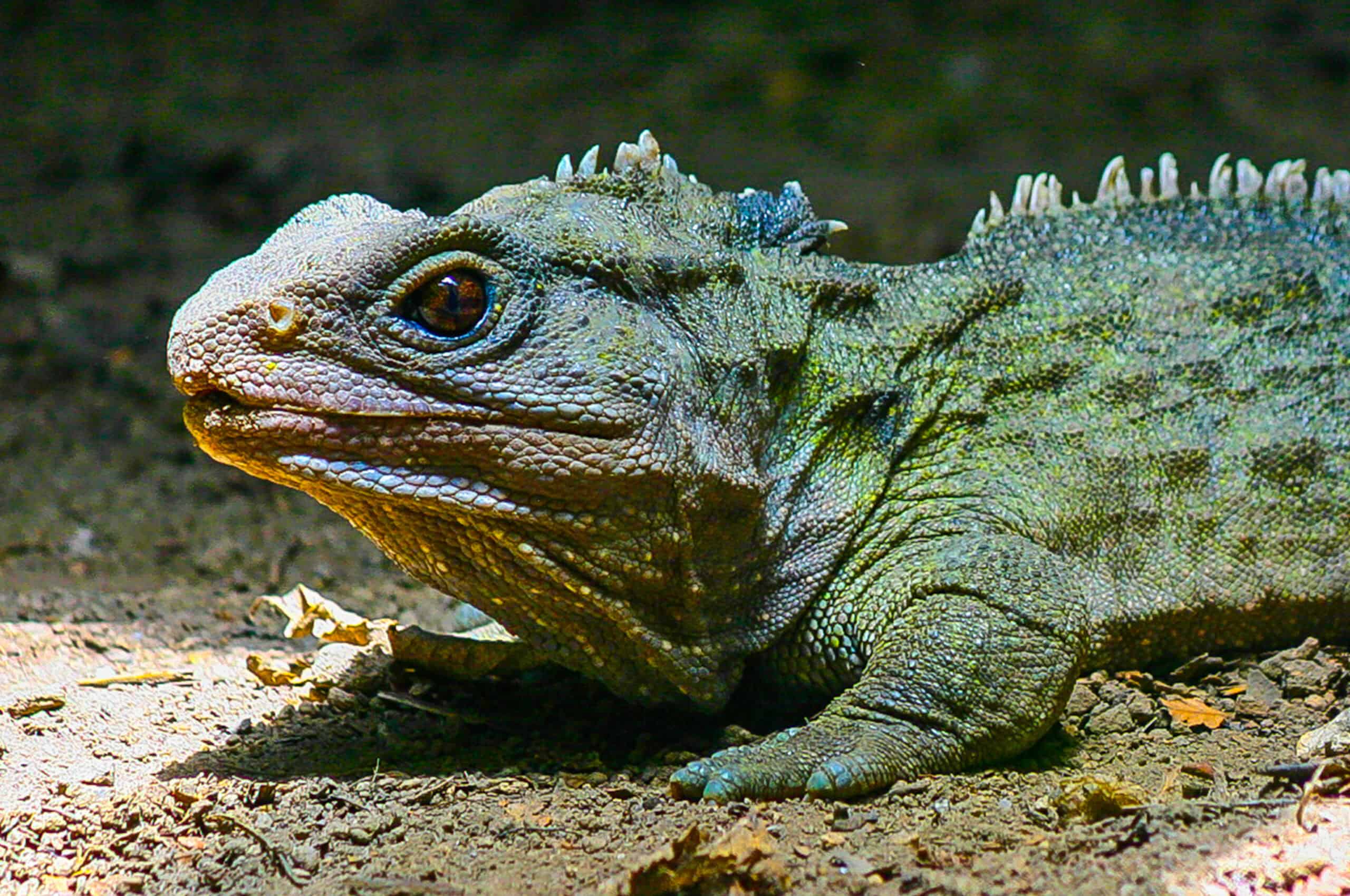
The tuatara is native to New Zealand. It resembles a lizard but belongs to a distinct lineage dating back over 200 million years. This reptile is known for its slow growth and long lifespan, often exceeding 100 years. Its sharp teeth, which are part of its skull, help it catch insects and small birds. Unlike most reptiles, tuataras thrive in cooler environments and have a unique third eye on top of their heads.
Crocodile
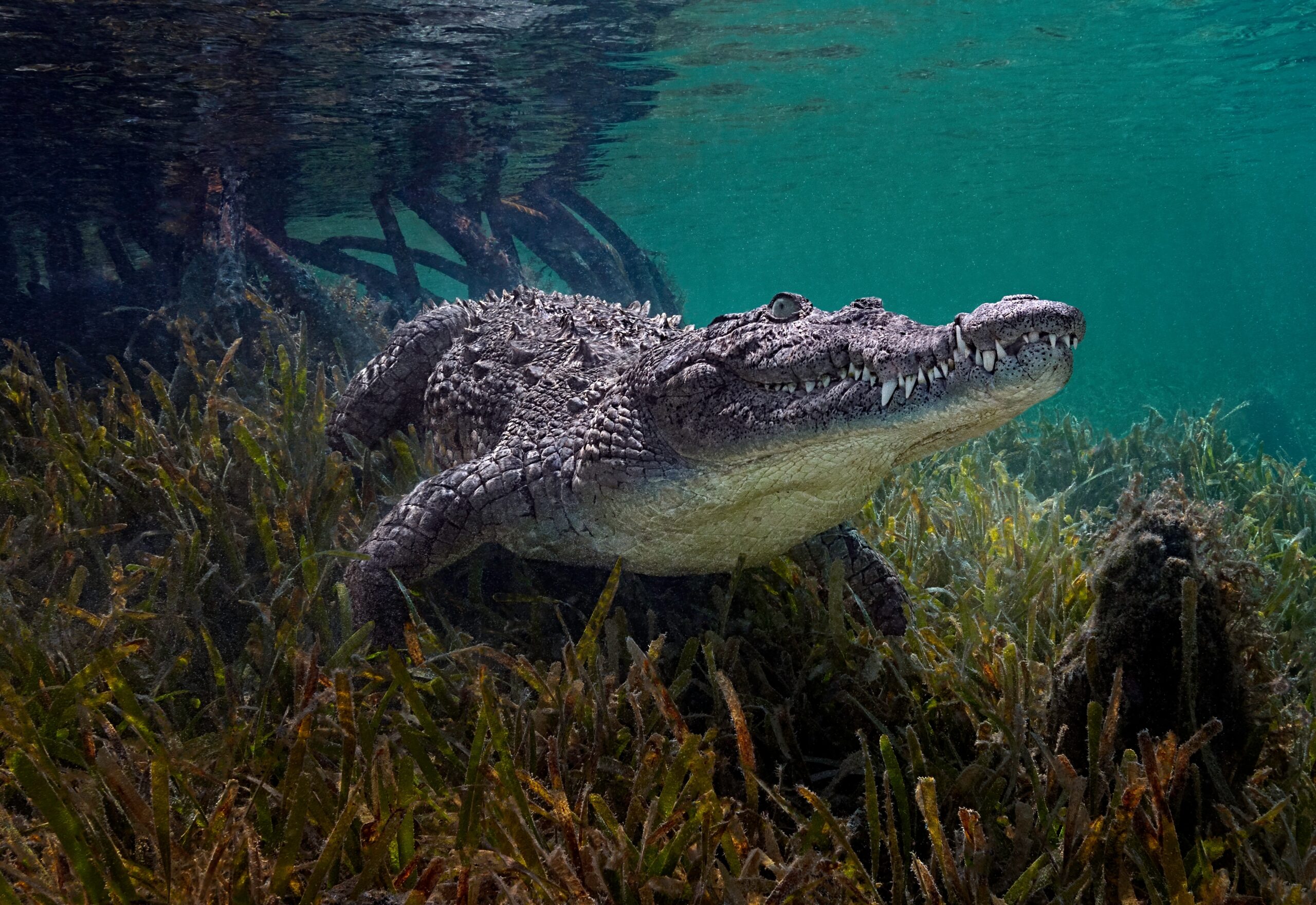
Crocodiles have existed for over 200 million years. They are large, powerful predators known for their long snouts and sharp teeth. These reptiles can survive both in freshwater and saltwater environments. Their tough, scaly skin provides protection, while their muscular bodies make them swift in water. Crocodiles are skilled hunters, often lurking silently before ambushing prey.
Alligator
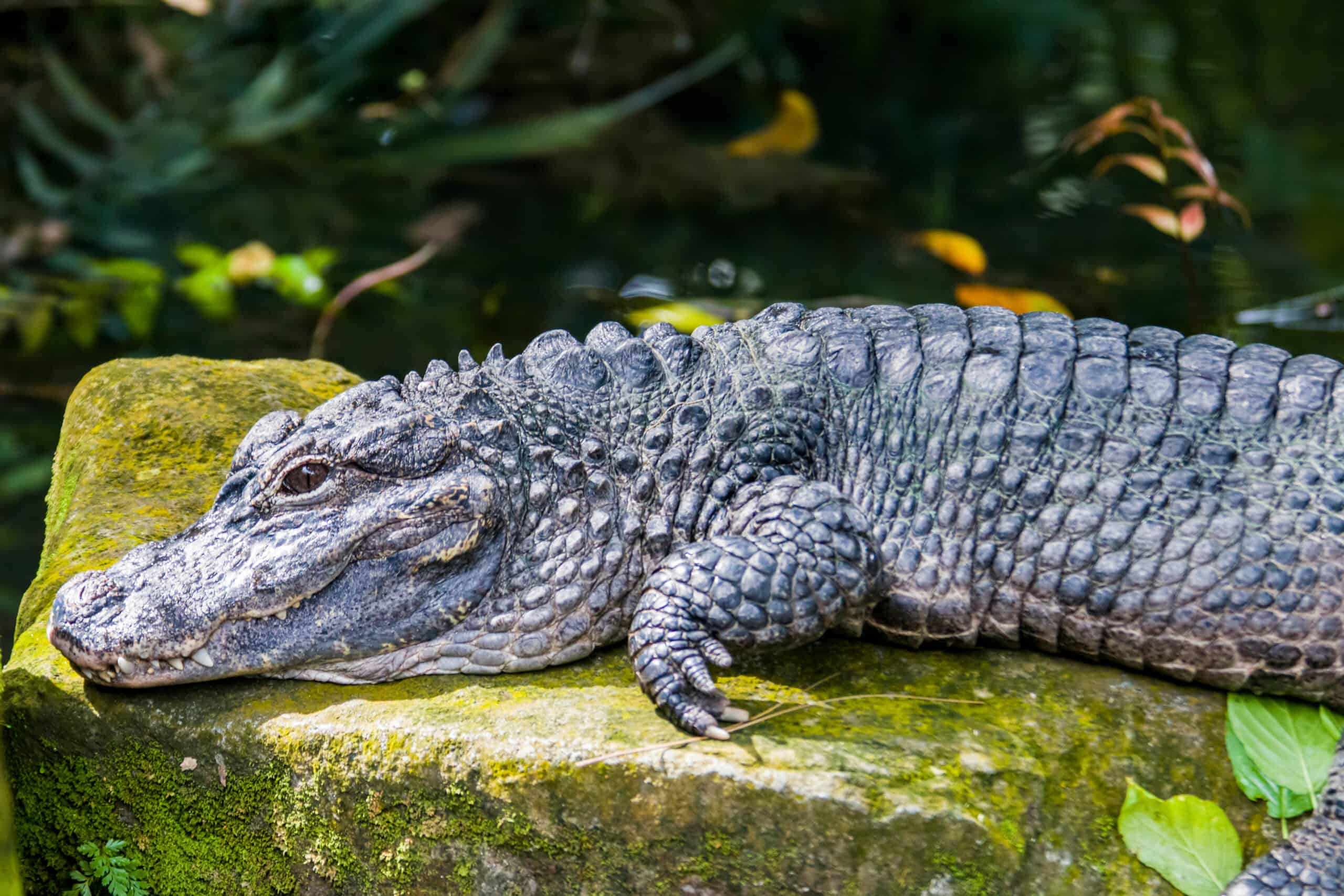
Alligators have been around for over 37 million years. They are closely related to crocodiles but differ in having broader, U-shaped snouts. These reptiles are found primarily in freshwater habitats, such as swamps and rivers. Alligators are known for their strong jaws and ability to camouflage underwater. Their keen senses help them detect prey with great precision.
Komodo Dragon
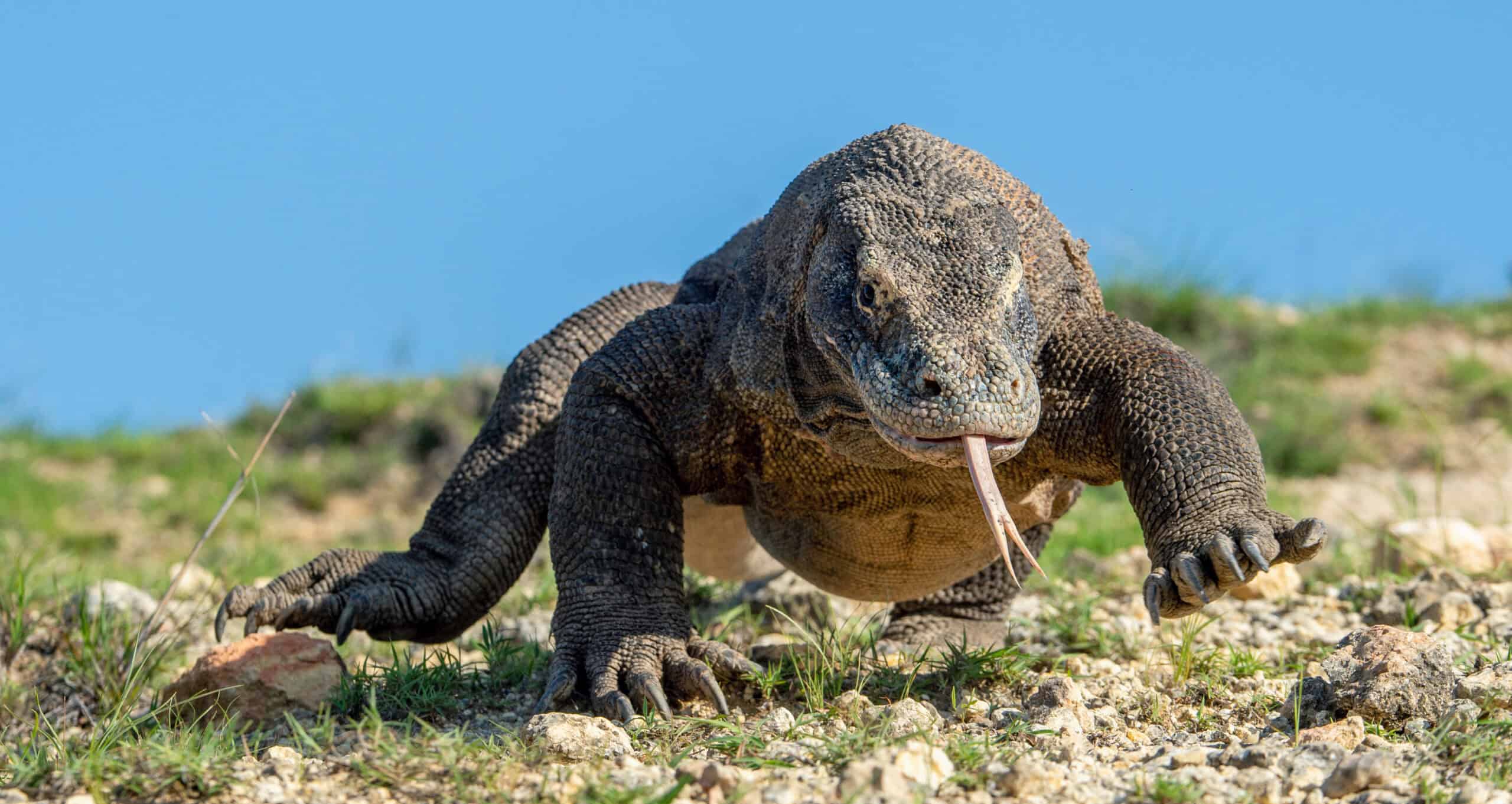
The Komodo dragon is the largest living lizard, found on the islands of Indonesia. It can grow up to 10 feet long and weigh over 150 pounds. This ancient reptile has a keen sense of smell, which it uses to track prey from miles away. Komodo dragons are carnivorous, with a powerful bite that delivers venom, weakening their prey. They have survived for millions of years by being dominant predators in their ecosystem.
Leatherback Sea Turtle
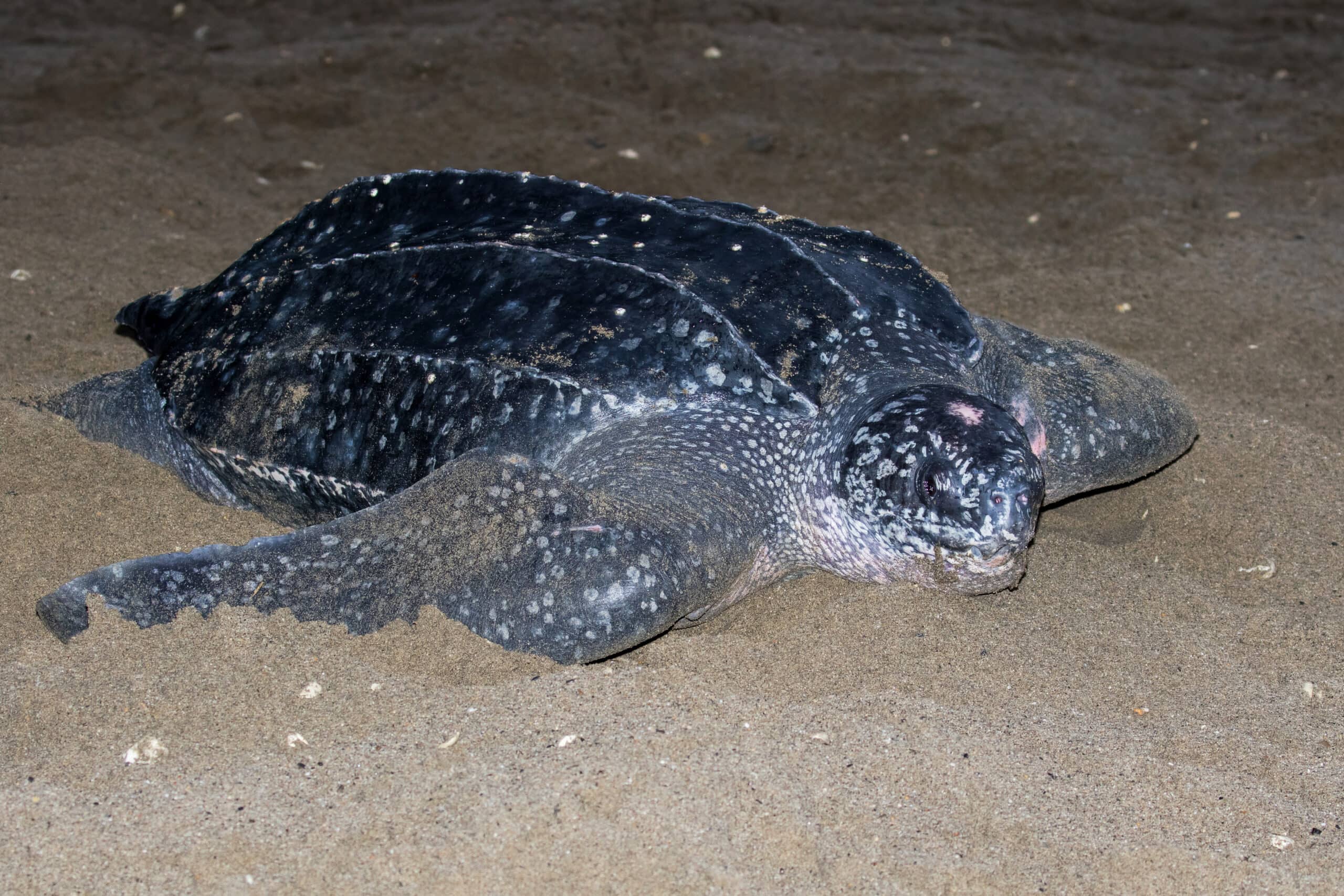
Leatherback sea turtles are one of the oldest marine reptiles, existing for over 100 million years. They are the largest of all sea turtles, weighing up to 2,000 pounds. Unlike other turtles, their shells are soft and leathery. Leatherbacks are known for their incredible migration, often traveling thousands of miles across oceans. They primarily feed on jellyfish, which they capture with their delicate, scissor-like jaws.
Galápagos Tortoise
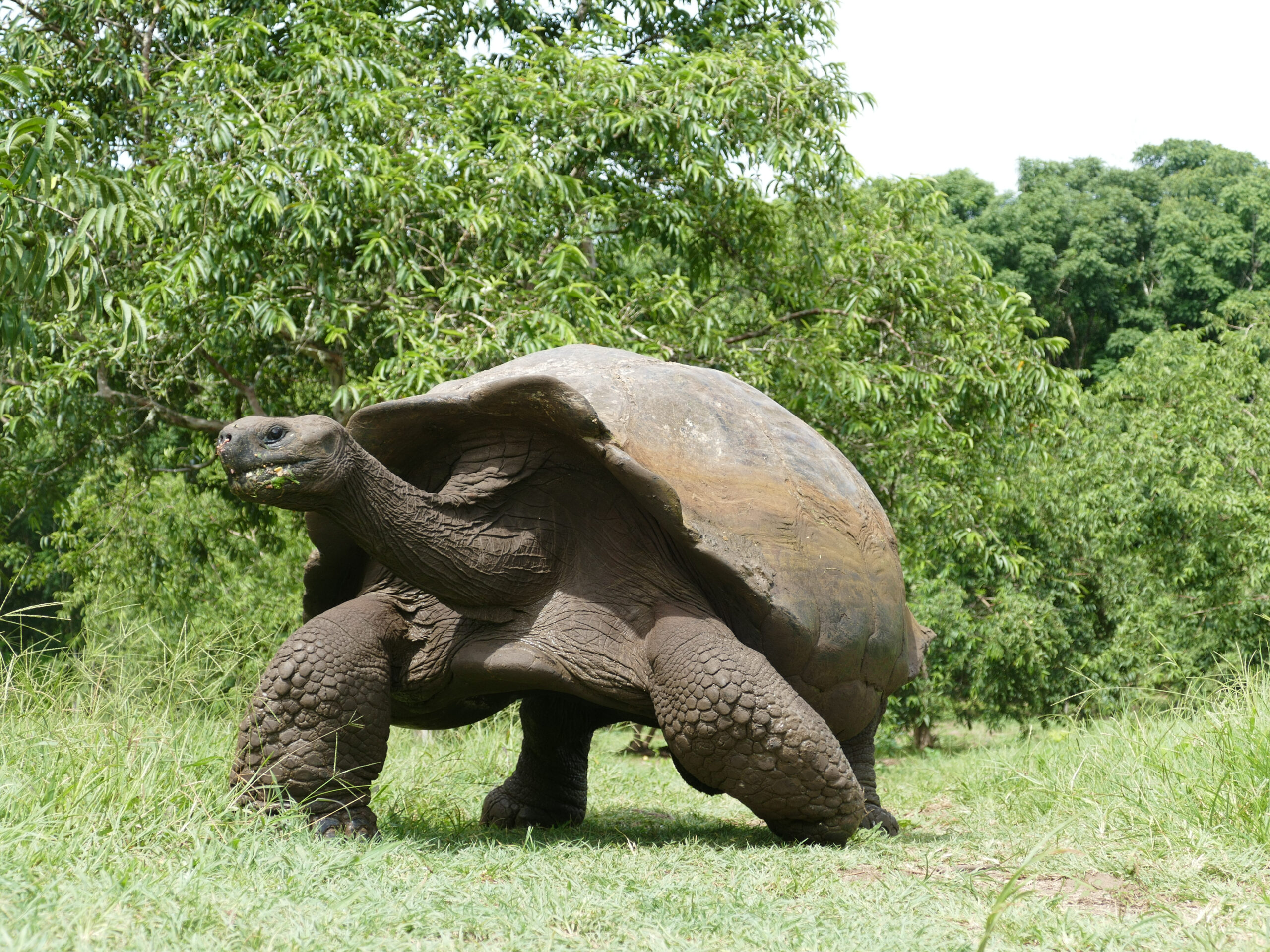
The Galápagos tortoise is a giant species native to the Galápagos Islands. These tortoises can live over 100 years and weigh more than 500 pounds. They have thick, dome-shaped shells and strong legs, perfect for slow movement on rugged terrain. Galápagos tortoises are herbivores, feeding on grasses and cactus pads. Their ability to store water for long periods allows them to survive in dry climates.
Green Sea Turtle
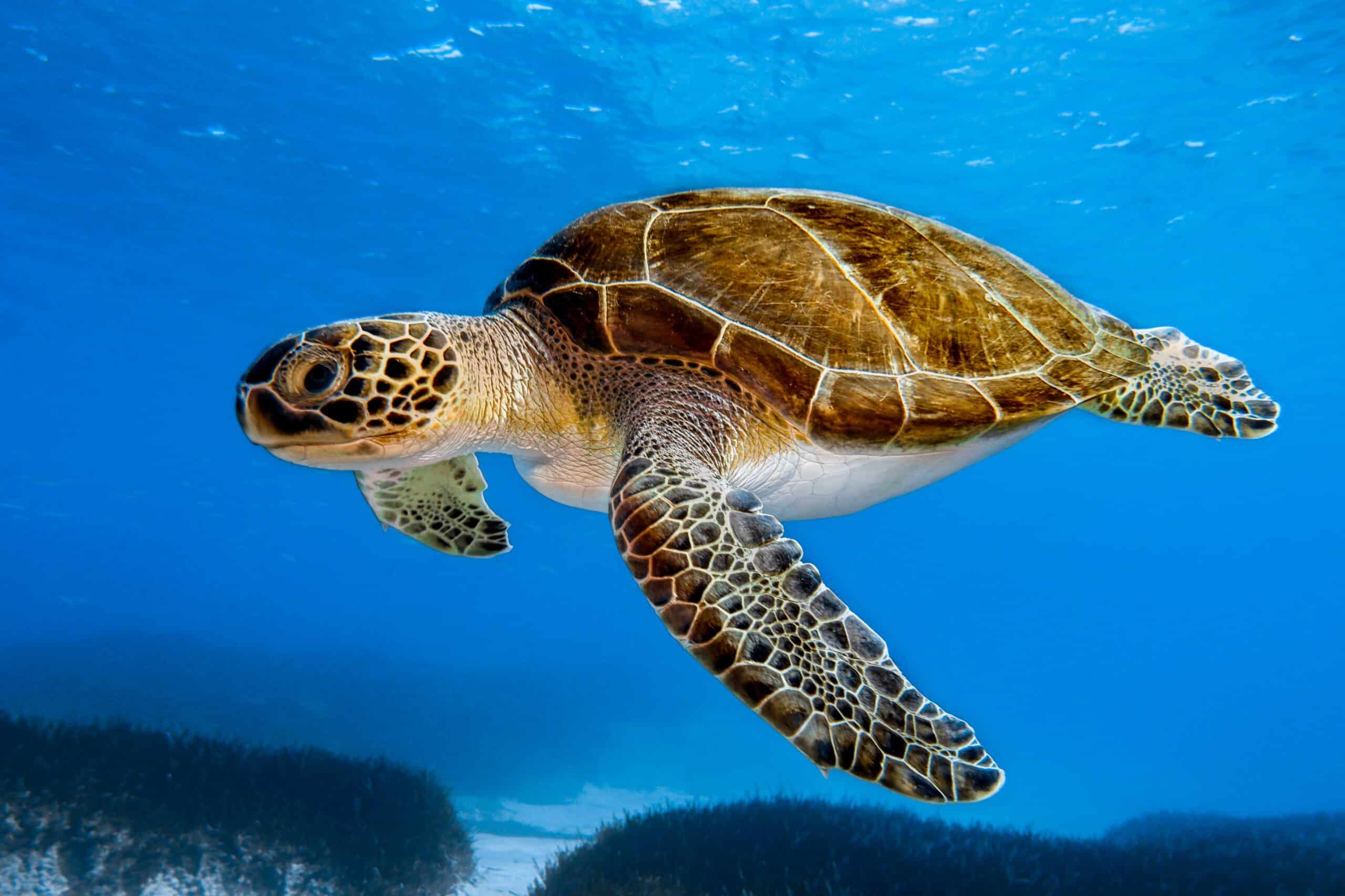
Green sea turtles have been around for more than 110 million years. They are named for the greenish color of their body fat, which results from their plant-based diet. These turtles are found in tropical and subtropical oceans. Green sea turtles are excellent swimmers, using their flippers to glide through the water. They return to the same beaches where they were born to lay their eggs.
Gharial
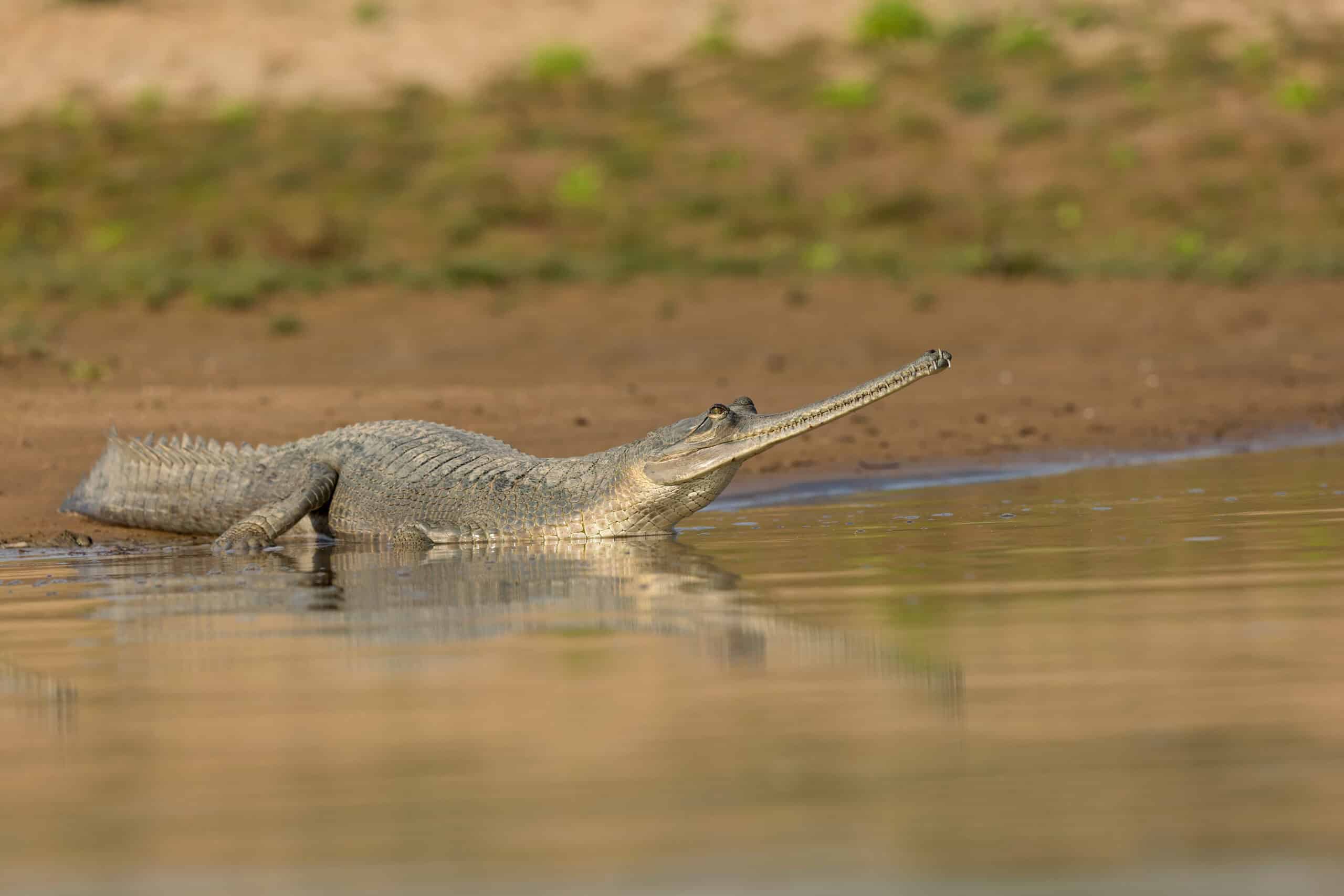
The gharial is one of the longest-living crocodilian species, with roots going back 80 million years. It has a long, narrow snout lined with over 100 sharp teeth. Gharials are found in freshwater rivers in the Indian subcontinent. Their snout is perfect for catching fish, their primary diet. Though critically endangered, they are known for their resilience in difficult environments.
Kemp’s Ridley Sea Turtle
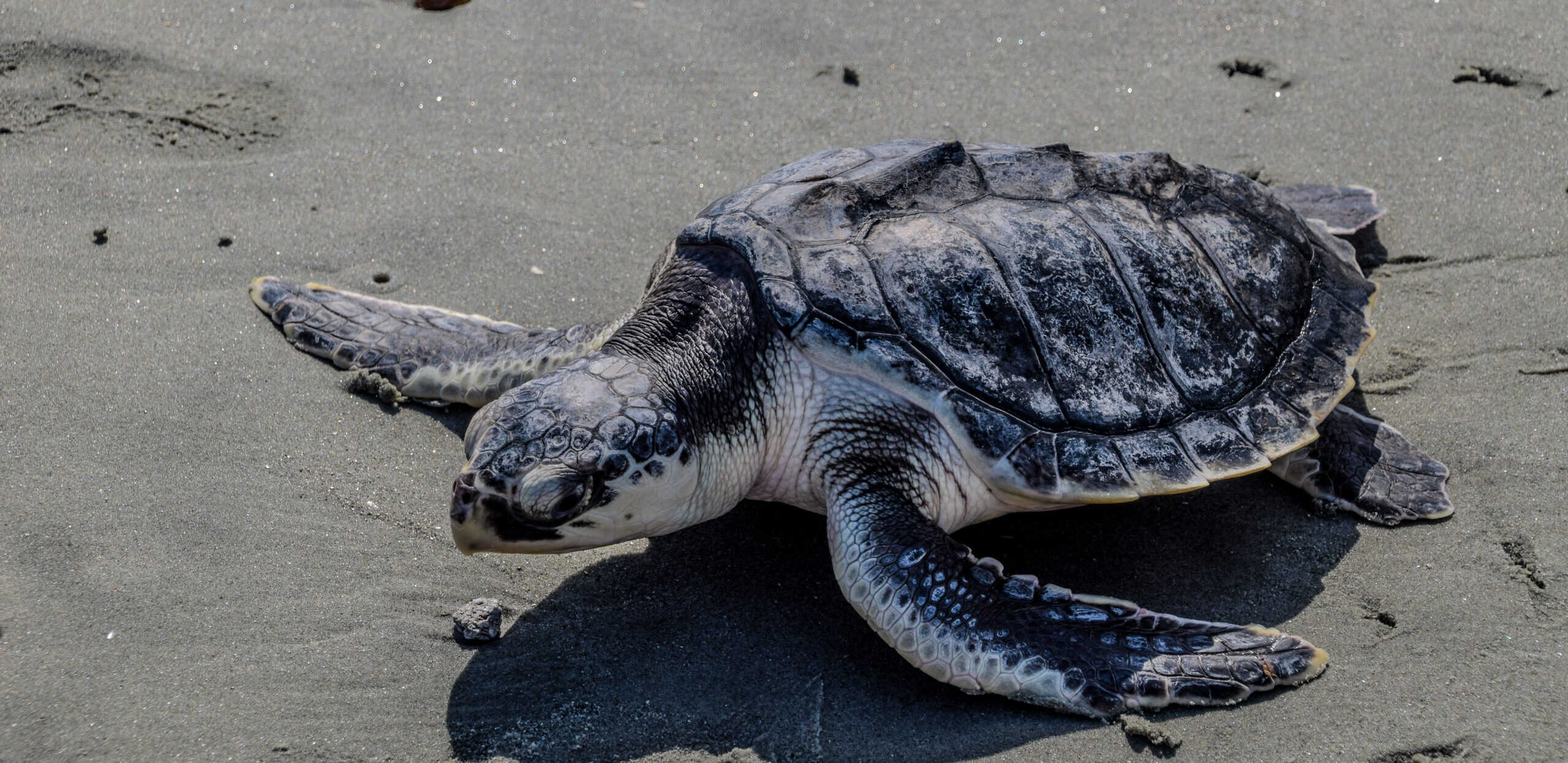
Kemp’s Ridley sea turtle is the rarest and most endangered sea turtle species. It has existed for millions of years and is known for its unique mass nesting behavior called “arribada.” These turtles are small compared to other sea turtles, with adults weighing around 100 pounds. Kemp’s Ridleys primarily feed on crabs, using their strong beaks to crush their prey. Conservation efforts are underway to help protect this ancient species from extinction.
Indian Python
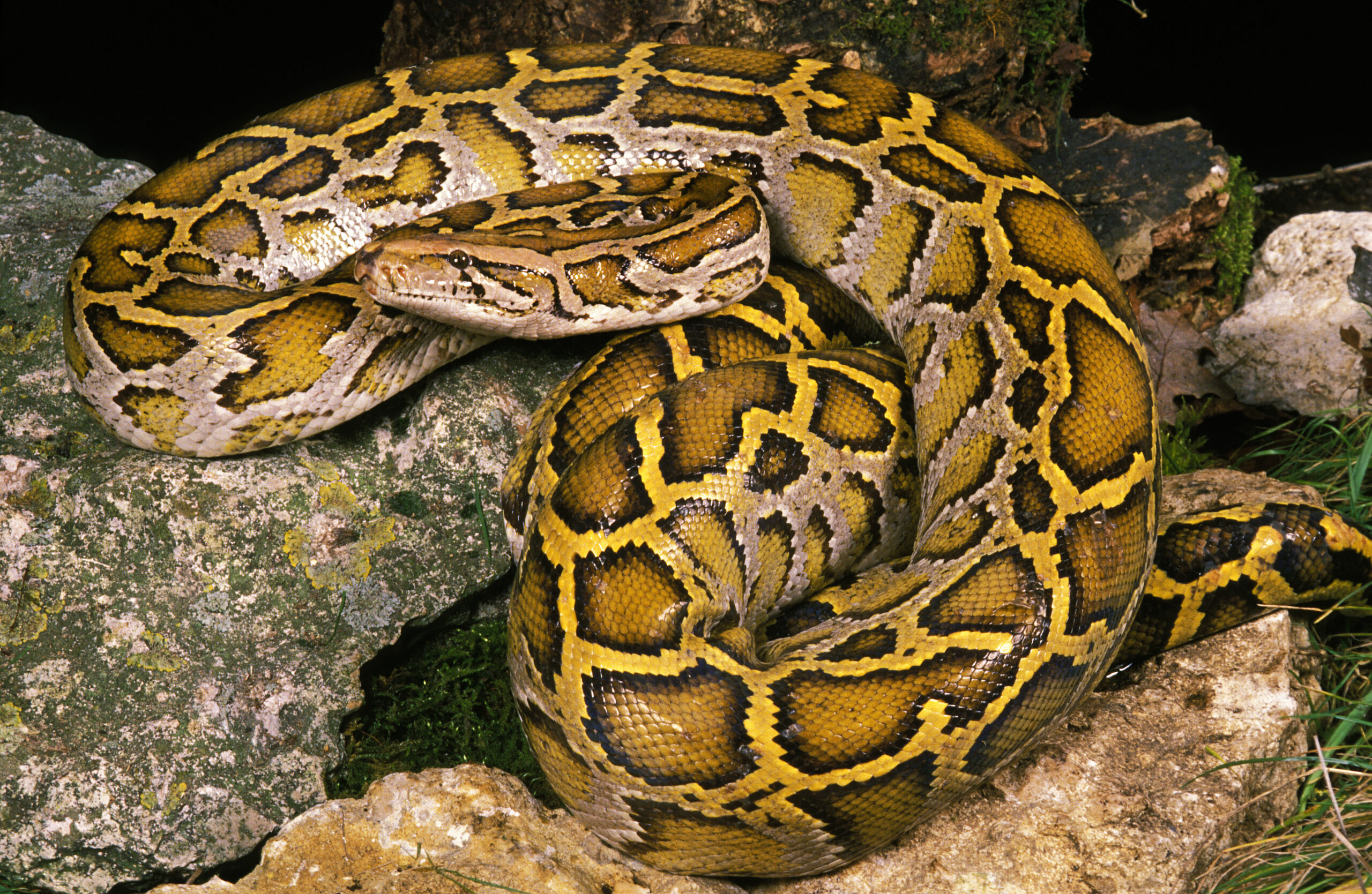
The Indian python is a non-venomous snake found in the forests of South Asia. It has been around for millions of years, growing up to 20 feet long. Pythons are constrictors, meaning they kill prey by squeezing it tightly. Their slow metabolism allows them to go without food for long periods. Indian pythons are expert climbers and swimmers, helping them survive in a variety of environments.
Mata Mata Turtle
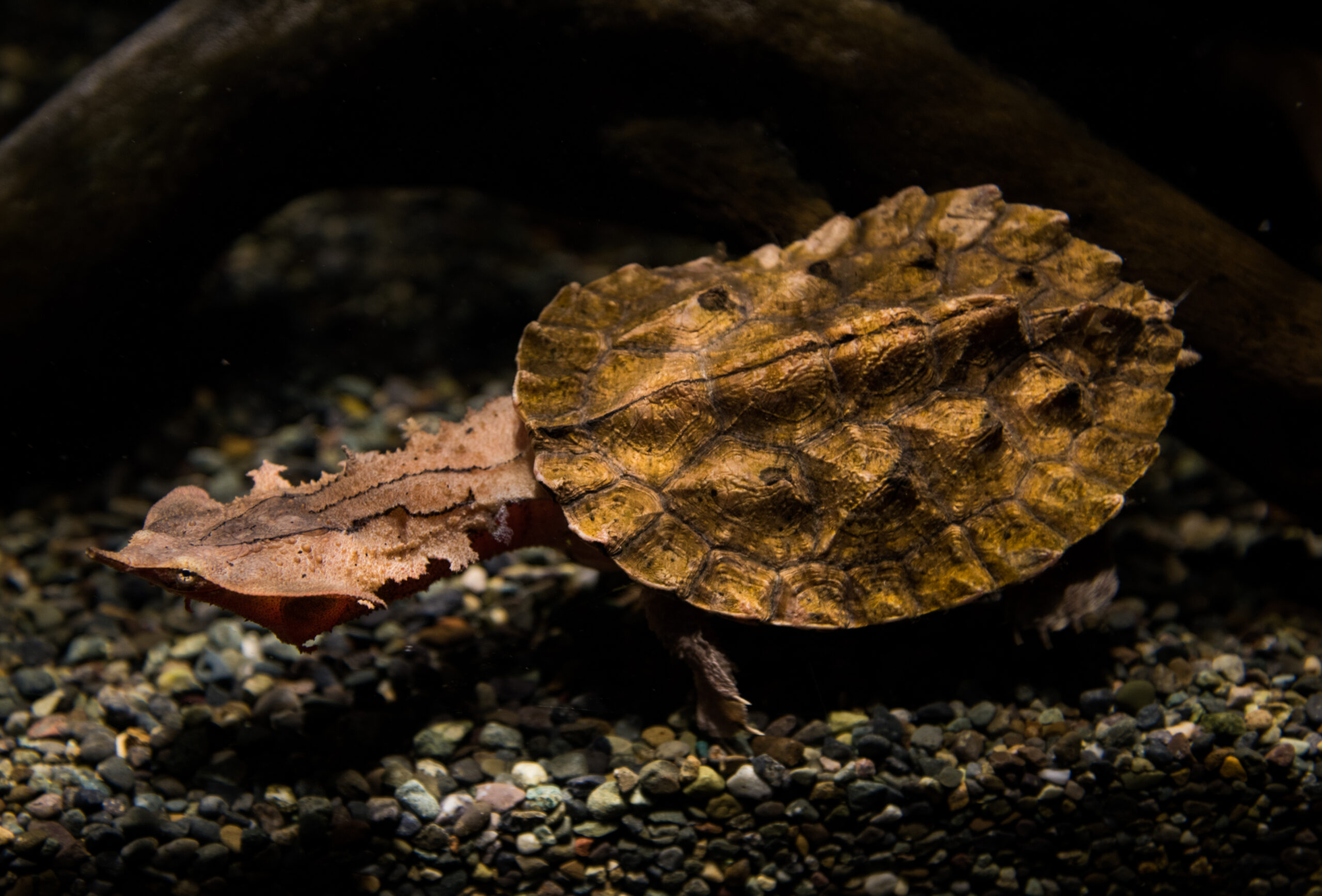
The Mata Mata turtle is native to South America and has existed for millions of years. It has a unique, leaf-like appearance that provides excellent camouflage in its slow-moving river habitats. The Mata Mata uses its wide, flat head to suck in fish by creating a vacuum. This ancient turtle’s odd look helps it blend into its surroundings. Its survival depends on its stealth and patience in catching prey.
Common Snapping Turtle
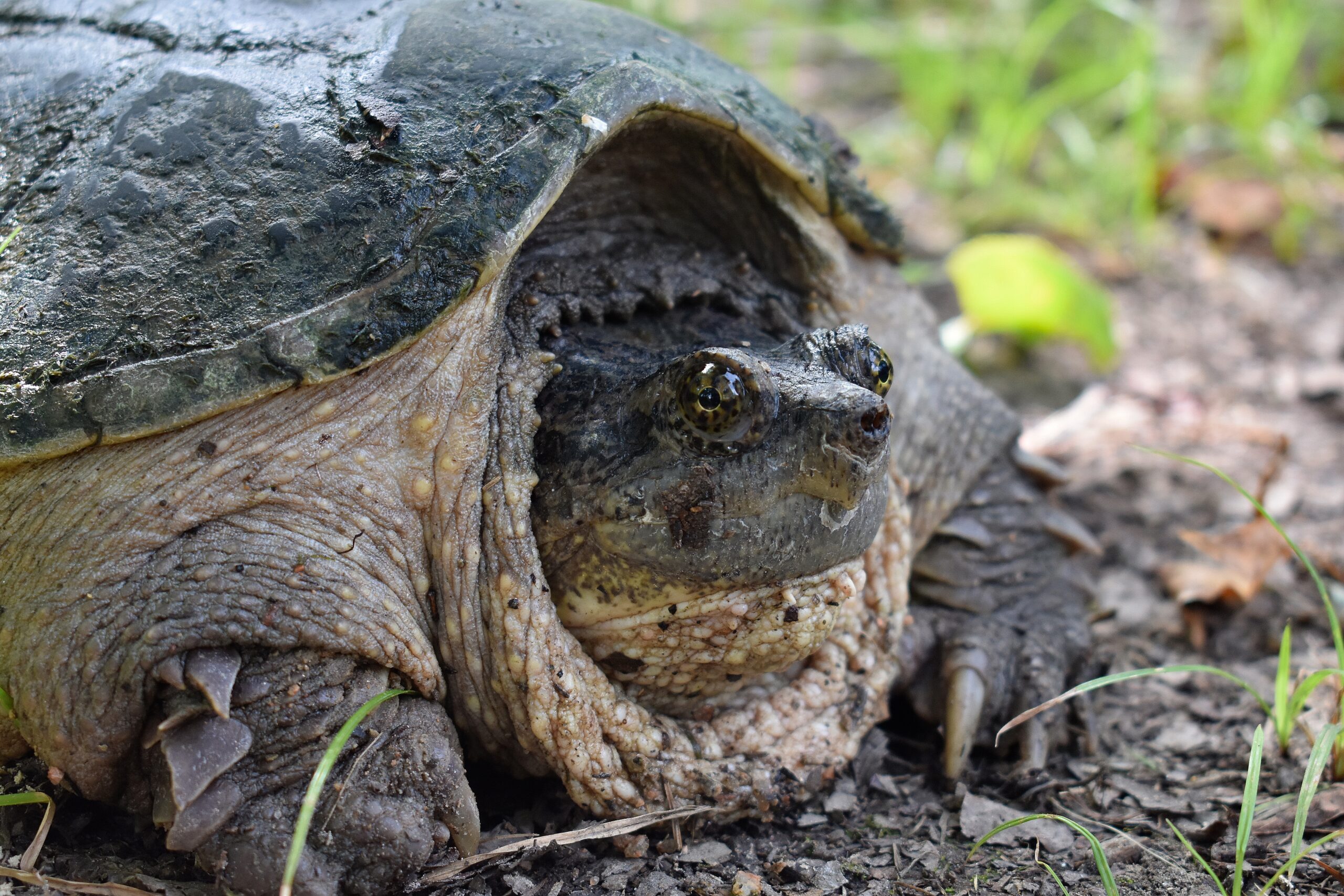
Common snapping turtles have been around for over 40 million years. They are known for their aggressive nature and powerful bite. Found throughout North America, these turtles prefer freshwater habitats. Snapping turtles have large, rugged shells and strong, muscular legs. Their tough, sharp jaws enable them to eat a wide variety of prey, including fish, birds, and even small mammals.
African Spurred Tortoise
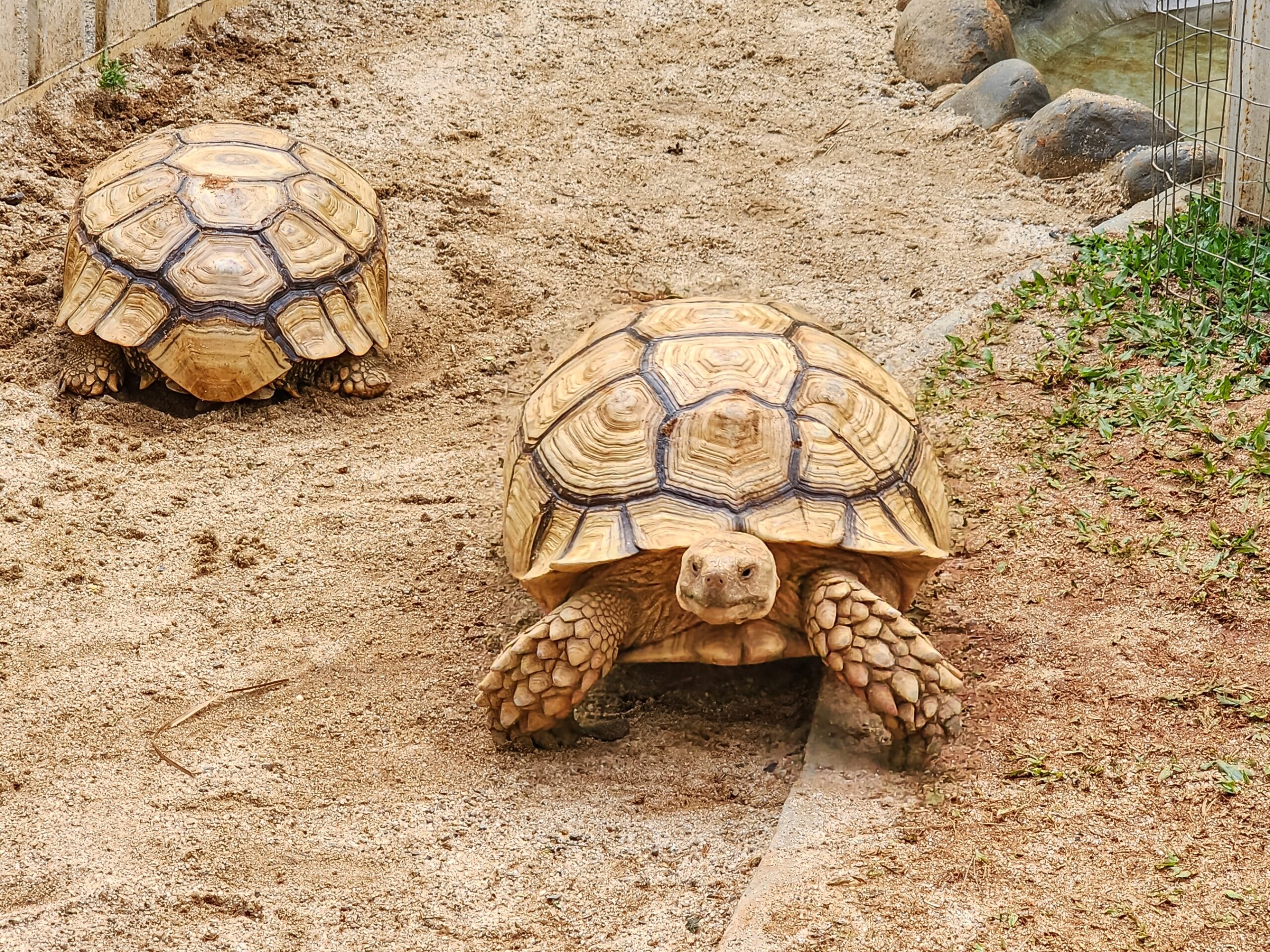
The African spurred tortoise is one of the largest tortoises in the world. It has existed for millions of years and is native to the Sahara Desert. This species is known for its large, thick shells and ability to survive in harsh, dry climates. These tortoises dig deep burrows to escape the heat, storing water in their bodies for long periods. Their herbivorous diet mainly consists of grasses and desert plants.
Eastern Box Turtle
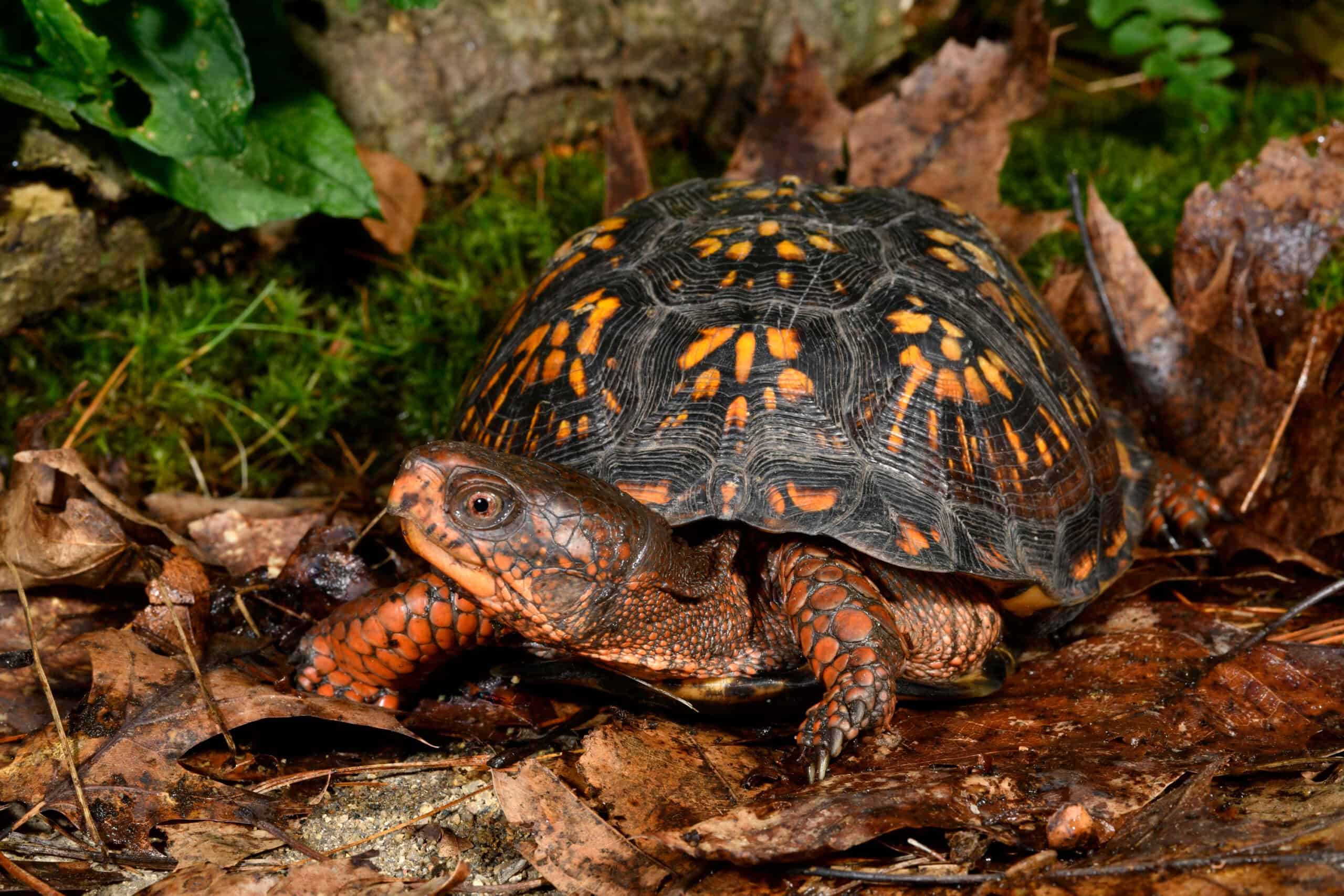
Eastern box turtles have been around for over 50 million years. They are small, land-dwelling reptiles with a domed shell that offers excellent protection. Native to North America, these turtles can live over 100 years. Eastern box turtles are omnivores, feeding on insects, berries, and small animals. Their ability to retract entirely into their shells helps them avoid predators.
Burmese Python
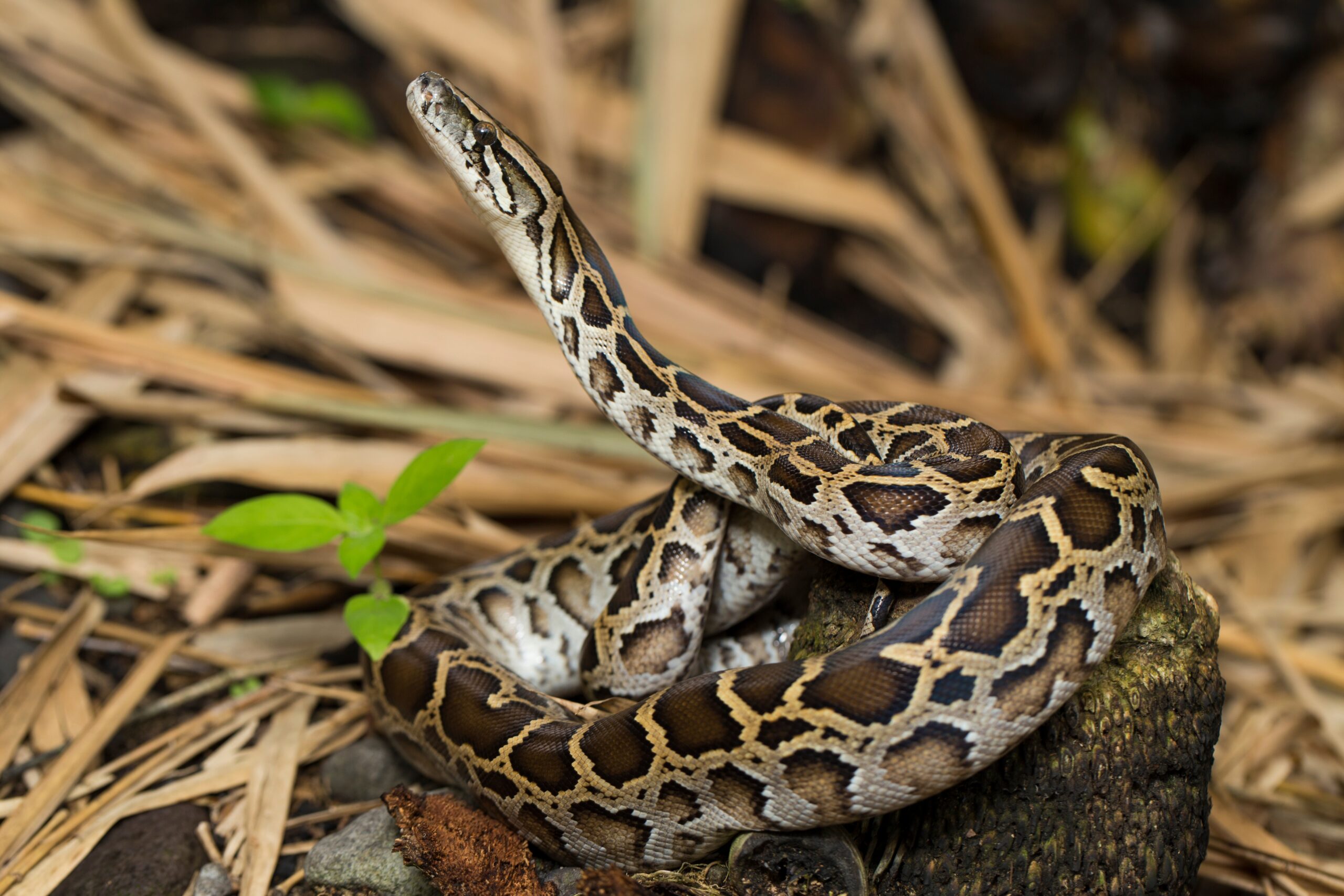
The Burmese python is a massive snake, growing up to 20 feet long. It has existed for millions of years and is found in the forests of Southeast Asia. Burmese pythons are non-venomous, using their powerful bodies to constrict prey. They have a slow metabolism, which allows them to survive for months without eating. Their excellent climbing and swimming abilities make them adaptable to various environments.
Spectacled Caiman
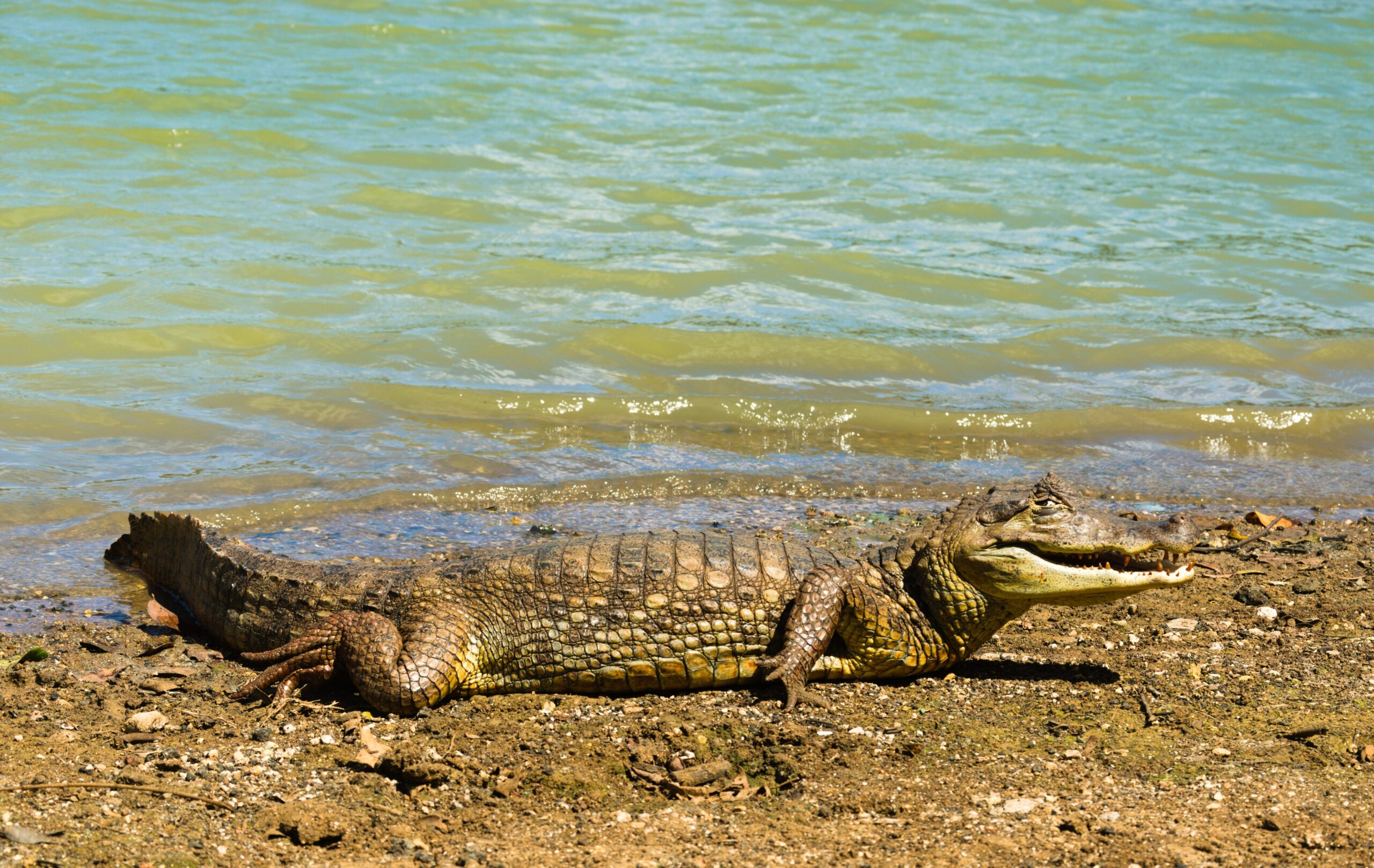
Spectacled caimans are ancient crocodilians native to Central and South America. They have been around for millions of years and are smaller than most crocodile species. These caimans get their name from the ridge between their eyes, which resembles spectacles. They are opportunistic predators, feeding on fish, amphibians, and small mammals. Spectacled caimans are highly adaptable and thrive in both freshwater and brackish environments.
Flatback Sea Turtle
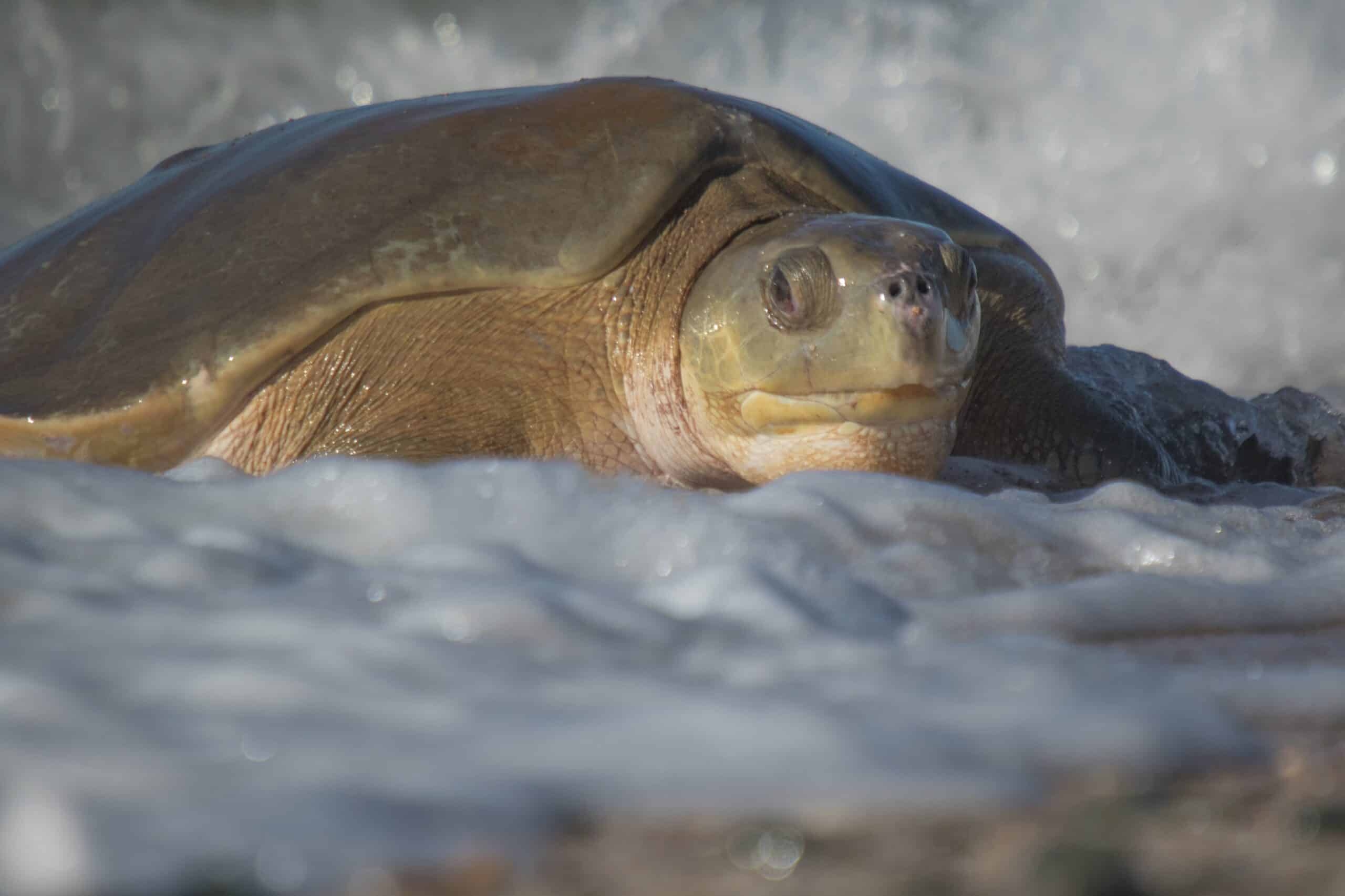
The flatback sea turtle is unique to the waters around Australia. It has existed for millions of years and is known for its flat, smooth shell. Unlike other sea turtles, flatbacks prefer shallow coastal waters rather than deep oceans. These turtles primarily feed on soft-bodied invertebrates like jellyfish. Their limited range and unique nesting habits make them a rare species to encounter.
Chinese Softshell Turtle
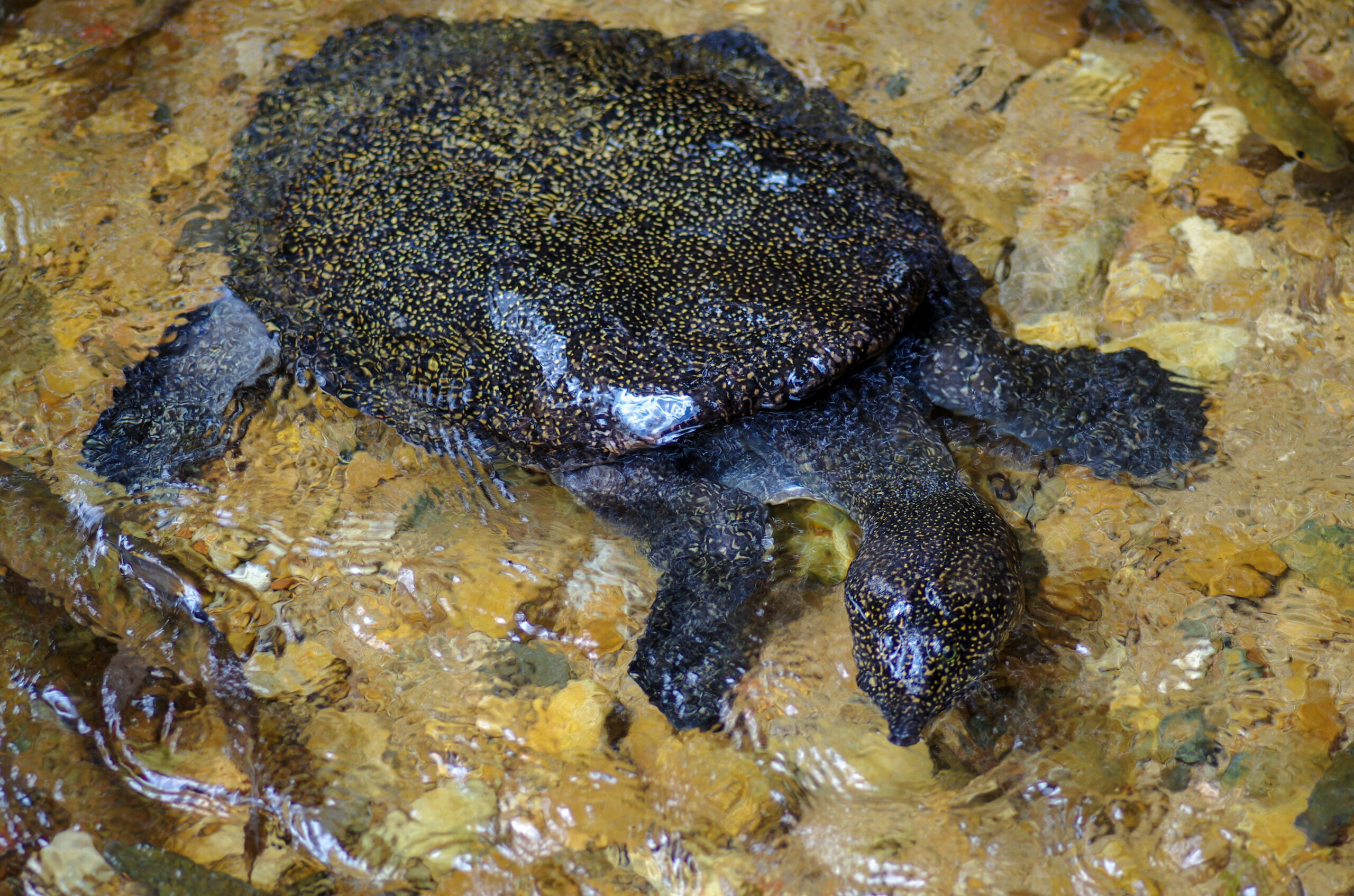
The Chinese softshell turtle has been around for millions of years. It is known for its soft, leathery shell, unlike the hard shells of most turtles. Found in freshwater lakes and rivers across China, these turtles are highly adaptable. They have long necks and sharp jaws, allowing them to catch fish and insects quickly. Chinese softshell turtles are valued in traditional medicine, which has led to population decline.
African Dwarf Crocodile
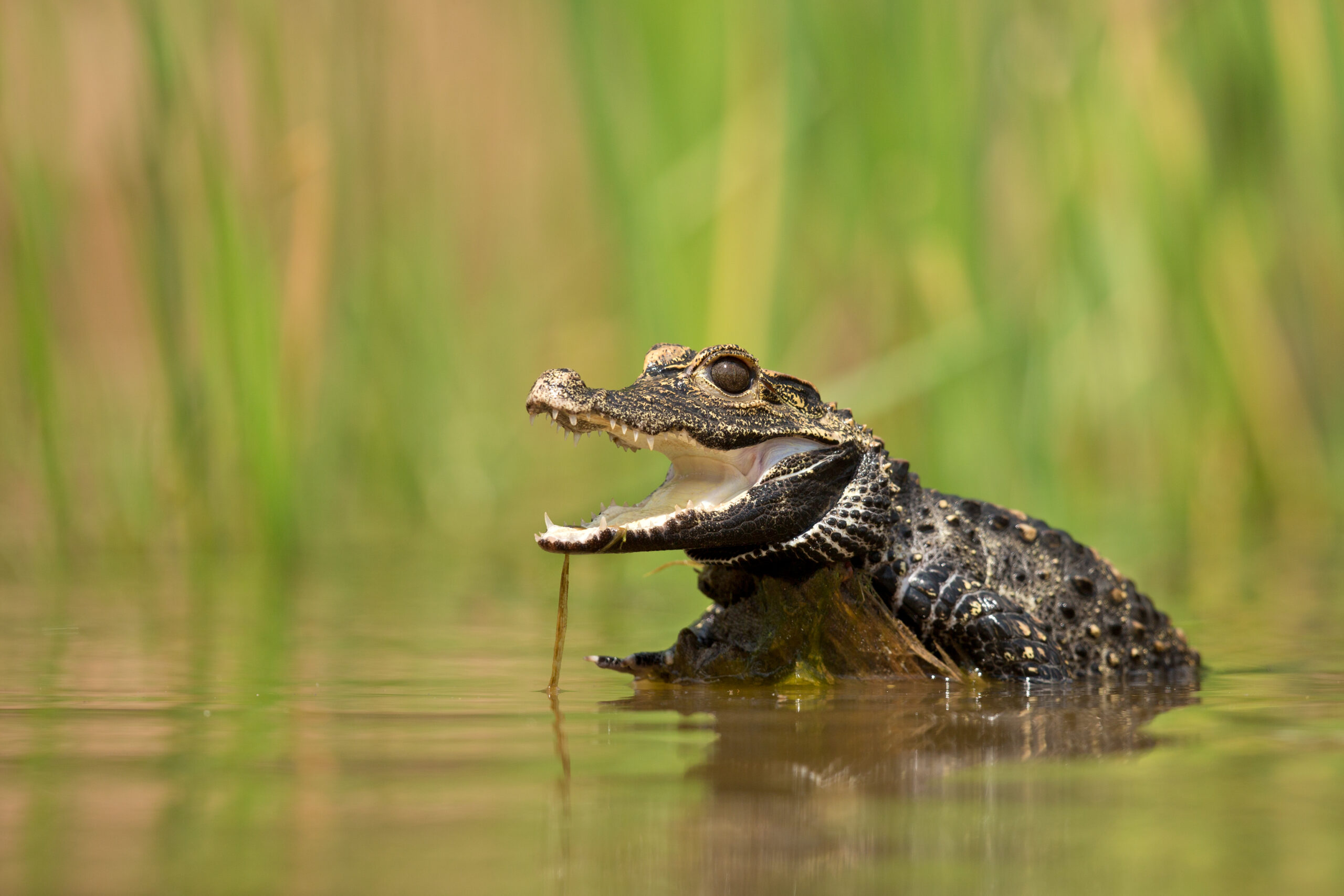
The African dwarf crocodile is one of the smallest crocodile species, growing up to 5 feet long. It has existed for millions of years and is native to the rainforests of West and Central Africa. These crocodiles are nocturnal, hunting small mammals, birds, and fish. Their small size and secretive nature help them survive in dense, forested habitats. The dwarf crocodile is known for its resilience and adaptability in the wild.
This article originally appeared on Rarest.org.
More from Rarest.org
10 Unexpected Items That Skyrocketed in Value Over Time

Some items start out as ordinary purchases but unexpectedly gain immense value over time. Whether due to nostalgia, cultural significance, or scarcity, these once-common objects have become prized treasures in collectors’ markets. Read More.
1976 Roosevelt Dime Value Guide

The 1976 Roosevelt dime is made of 91.67% copper and 8.33% nickel. Its core is made of solid copper while its surface is clad with nickel. Read More.
1978 Eisenhower Silver Dollar Value Guide

The 1978 Eisenhower dollar is valuable depending on its condition, preservation, rarity, and composition. Read More.
